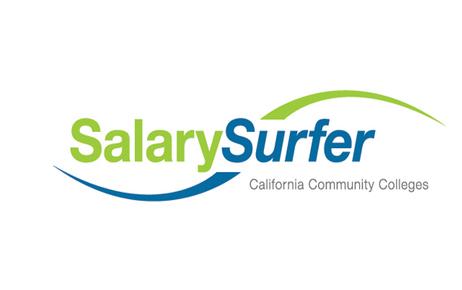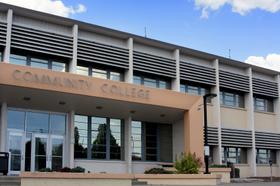One of the more popular and less conventional fields of study at community colleges today is a degree in beer crafting or winemaking. While these programs may not seem like paths to lucrative professions on the surface, the truth is that the wine and beer industry is a booming one in the U.S. and beyond. Check out these community colleges that offer training in a long-standing craft that continues to be highly sought today.
The Booming Business of Beer Crafting
According to a report at Blue Ridge Now, craft beer is a U.S. industry that is growing by leaps and bounds. The article cites numbers from the Brewers Association that show the $26.8 billion industry grew to 27 percent of the $100 billion beer market in 2021. The total number of craft breweries in 2021 is 9,118.
“I think it’s a great idea for a school to start this kind of program,” Andy Cubbin, co-owner and head brewer at Southern Appalachian Brewery, told Blue Ridge Now. “I think [the craft beer industry] is growing about 15 or 16 percent a year.”
The Community College Times reported earlier this year that providing a degree program in beer crafting gives community colleges another avenue to do what they do best – offer training for employment opportunities right in their own neighborhoods. The article uses Rockingham Community College in North Carolina as an example. When this college decides to add a new program to its catalog,





















